🕰️ History of Trompsburg
🏘️ Founding & Early Development
Trompsburg, a historic Free State town, was founded in 1891 on the farm Middelwater, owned by Jan and Bastiaan Tromp. Its origins are closely tied to South Africa’s railway expansion, agricultural trade, and colonial development.
1. Early Name: Jagersfontein Road (1891–1900s)
Originally, the town was called Jagersfontein Road because it served as a railway stop linking it to the nearby Jagersfontein diamond mine—one of the earliest and most productive diamond mines in the world at the time.
This railway stop was vital for transporting diamonds, goods, and passengers between Jagersfontein and other major Free State towns.
The railway station attracted traders, merchants, and farmers, gradually forming the foundation of what would become a permanent settlement.
2. Name Change to Hamilton (Early 1900s)
The town’s name was later changed to Hamilton, in honor of Sir Hamilton John Goold-Adams (1858–1920), a British colonial administrator.
Goold-Adams played a crucial role in the governance of the Orange River Colony (formerly the Orange Free State) after the Anglo-Boer War (1899–1902).
His tenure as Lieutenant-Governor (1901–1910) saw the transition of the Free State from Boer rule to British colonial administration.
The renaming reflected the broader British influence on the region, especially as the British sought to integrate former Boer republics into their colonial system.
3. Final Name Change: Trompsburg (1902)
The town was finally renamed Trompsburg, recognizing its founding family, the Tromp brothers.
The name change coincided with Trompsburg being granted municipal status in 1902, officially establishing it as a recognized town in the Free State.
4. Municipal Status & Economic Growth (1902–1920s)
After gaining municipal status, Trompsburg experienced steady growth, fueled by:
Sheep farming – The town quickly became a center for wool and livestock trade, reinforcing its agricultural importance.
Market expansion – The railway facilitated the transport of farm produce, wool, and cattle to larger cities like Bloemfontein and beyond.
Infrastructure development – The establishment of shops, churches, and schools helped grow the local economy and community life.
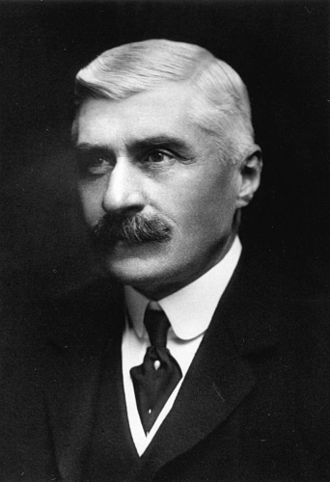
Sir Hamilton John Goold-Adams (1858–1920).
⚔️ Trompsburg and the Anglo-Boer War: A Strategic Crossroads in a Turbulent Time
Though the town of Trompsburg itself was not the site of a major battle during the Second Anglo-Boer War (1899–1902), it occupied a strategically significant position along key transport and communication routes between the north and south of South Africa. Its location on the railway line and near the N1 corridor made it a valuable military waypoint for British forces and an important hub in the broader logistical framework of the war.

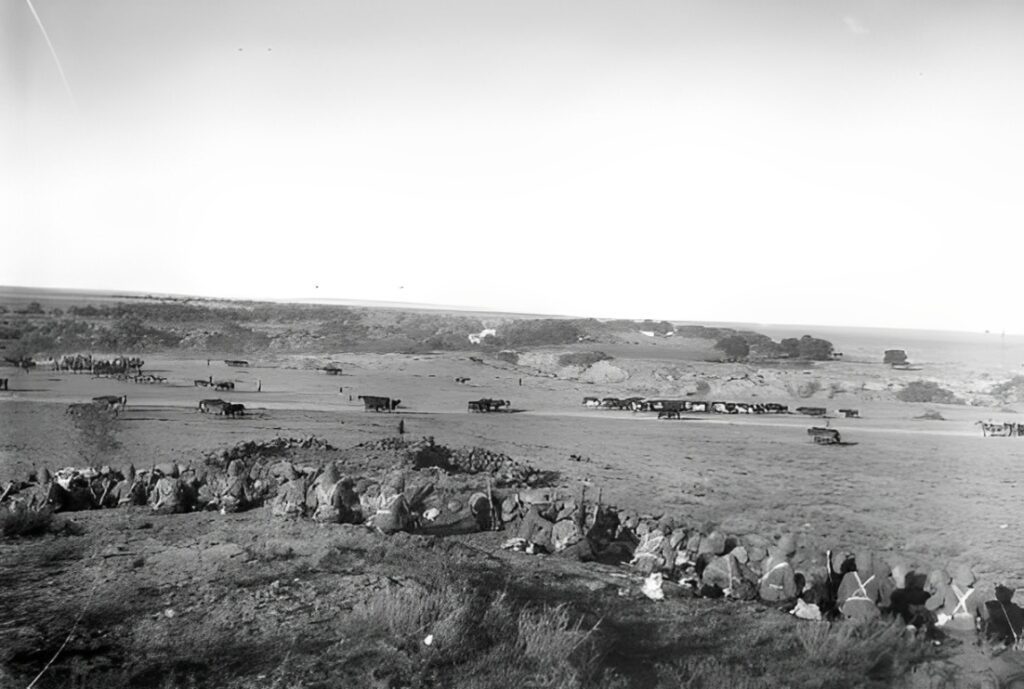
🛤️ A Region Shaped by Conflict
Trompsburg lies in the southern Free State, a region heavily affected by both the First and Second Anglo-Boer Wars and earlier conflicts between the British Empire and the Boer republics. It was in this area, just northwest of modern-day Trompsburg, that the Battle of Boomplaats was fought on 29 August 1848—a defining moment in South African colonial history.
⚔️ The Battle of Boomplaats (1848): A Prelude to the Wars to Come
The Battle of Boomplaats, fought on August 29, 1848, near present-day Trompsburg, was a pivotal conflict in South African history, marking a significant moment in the struggle between British colonial forces and Boer settlers over territorial sovereignty.
Background to the Conflict
In the mid-19th century, tensions escalated between British authorities and Boer settlers (Voortrekkers) over control of territories between the Orange and Vaal Rivers. In February 1848, Sir Harry Smith, the British Governor of the Cape Colony, unilaterally annexed this region, proclaiming it the Orange River Sovereignty. This move was met with resistance from the Boers, who sought to maintain their autonomy. In response, Andries Pretorius, a prominent Boer leader, mobilized a commando of approximately 1,000 men to oppose British authority. By June 1848, Pretorius’s forces had expelled British officials from key locations, including Bloemfontein, effectively asserting Boer control over the area.
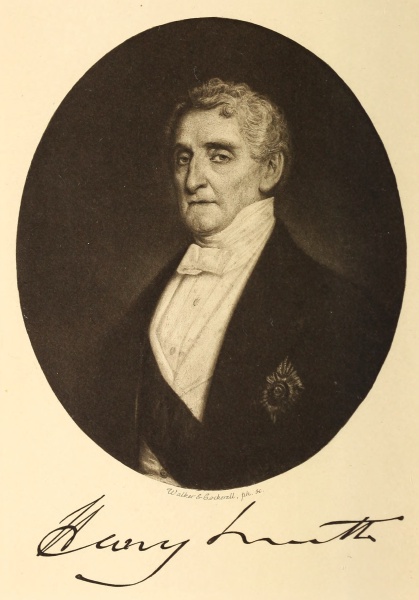
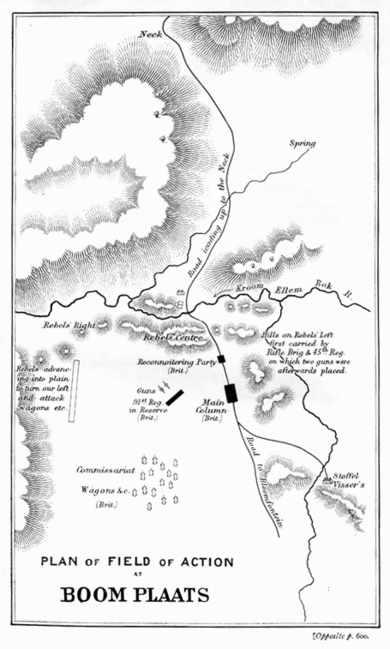
The Battle Unfolds
Determined to reassert British dominance, Sir Harry Smith assembled a force of around 1,200 troops, comprising units such as the Cape Mounted Rifles, the Rifle Brigade, the 45th Regiment, and the 91st Highlanders, supported by artillery. Crossing the Orange River in late August 1848, Smith’s forces advanced towards Bloemfontein. Anticipating this move, Pretorius strategically positioned his commando on ridges near a farm called Boomplaats, aiming to ambush the advancing British. The Boers’ defensive setup was compromised when an early shot revealed their position, prompting Smith to launch a coordinated assault. Despite the Boers’ familiarity with the terrain and guerrilla tactics, the disciplined advance of British infantry, combined with effective artillery support, overwhelmed Pretorius’s forces after several hours of intense combat.
Aftermath and Significance
The British victory at Boomplaats had immediate and long-term consequences. Casualty reports indicate that the British suffered 22 fatalities, while Boer losses were estimated at seven killed, though some accounts suggest higher numbers. In the aftermath, Pretorius retreated beyond the Vaal River, and the British re-established control over the Orange River Sovereignty. However, sustaining authority over this vast territory proved challenging for the British. By 1854, recognizing the impracticality of governance, the British withdrew, leading to the establishment of the independent Orange Free State.
Legacy
The Battle of Boomplaats exemplifies the complex dynamics of colonial expansion, settler resistance, and the quest for self-determination that characterized much of South Africa’s 19th-century history. The engagement near Trompsburg stands as a testament to the region’s strategic importance and its role in shaping the political landscape of the time.
Agricultural Heritage and Merino Sheep Farming
During the early to mid-20th century, Trompsburg’s economy thrived on agriculture, especially sheep farming. The town gained recognition for hosting one of South Africa’s largest shearing barns, showcasing its significance in the wool industry. Local farmers implemented innovative practices in animal husbandry and wool production, upholding the area’s reputation for top-quality wool.
Sheep Farming and the Shearing Barn
Trompsburg is a significant center for Merino sheep farming in the Free State, known for producing lamb, mutton, and wool, and boasts the second-largest shearing barn in the country, highlighting its importance in the wool industry.
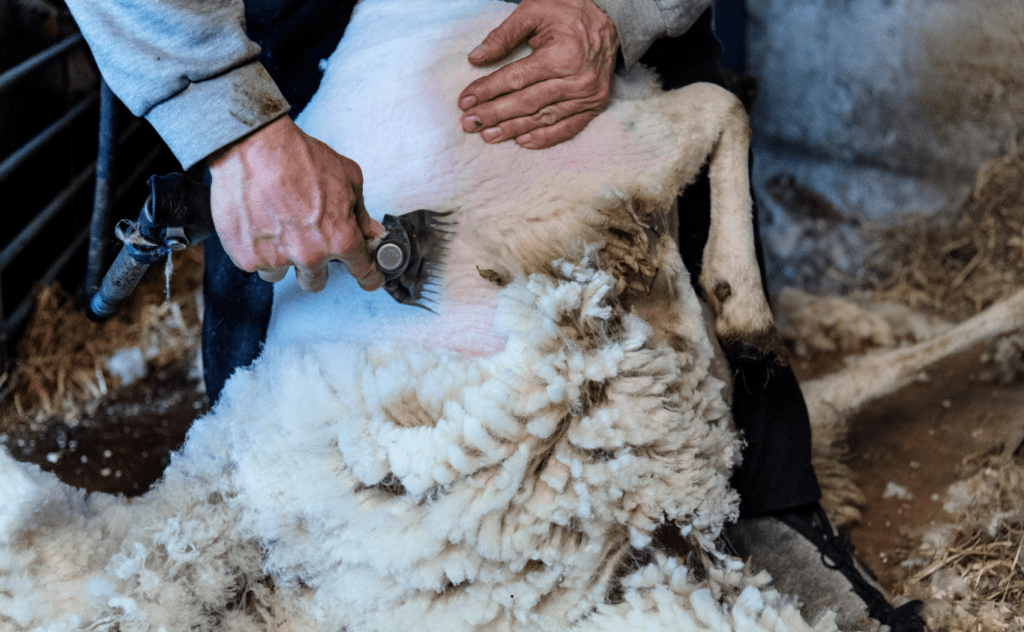
Agricultural Practices and Economic Impact
The focus on Merino sheep farming in Trompsburg mirrors the broader agricultural landscape of the Free State province, where sheep farming dominates. The vast grasslands in the region provide optimal conditions for sheep farming, contributing to the local economy by producing premium wool and meat products.
The enduring influence of sheep farming in Trompsburg and its environs has left a lasting imprint on the local economy. The wool industry serves as a cornerstone of the region’s agricultural legacy. The presence of expansive shearing barns and the adoption of advanced farming methods have solidified Trompsburg’s position as a key player in South Africa’s wool production sector.
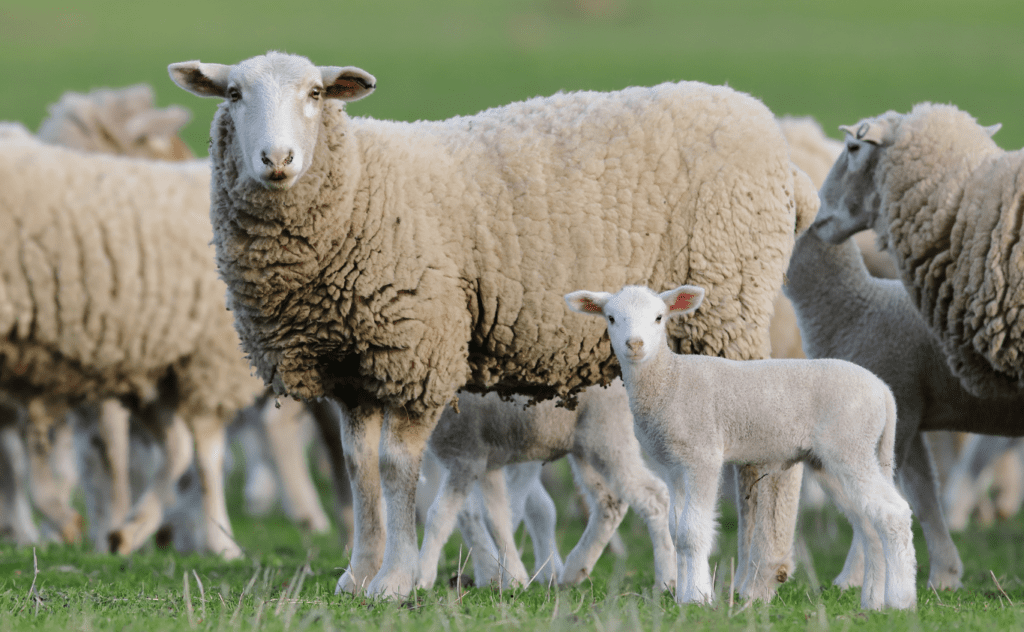

Continued: Agricultural Advancements and Economic Growth in Trompsburg
By the mid-20th century, Trompsburg had solidified its position as a key hub in the Free State’s wool economy, attracting interest from both local and regional stakeholders due to its livestock infrastructure and production. The town’s large shearing barn, considered one of the largest in South Africa, symbolized its reputation as a leading center for Merino sheep farming (ShowMe South Africa, n.d.).
Advanced Farming Techniques and Sustainability
As the global demand for fine wool increased, Trompsburg’s farmers embraced modern flock management methods, including:
– Selective breeding to enhance fleece quality and sheep resilience.
– Improved feeding strategies to support healthier livestock and consistent wool yields.
– Rotational grazing practices to mitigate land degradation and promote sustainable pasture utilization in the semi-arid climate.
– Integrated parasite control to combat common threats like sheep scab, which could impact wool quality and animal well-being.
These practices elevated
wool classing standards, enabling Trompsburg wool to meet export requirements, particularly in European and Asian markets.
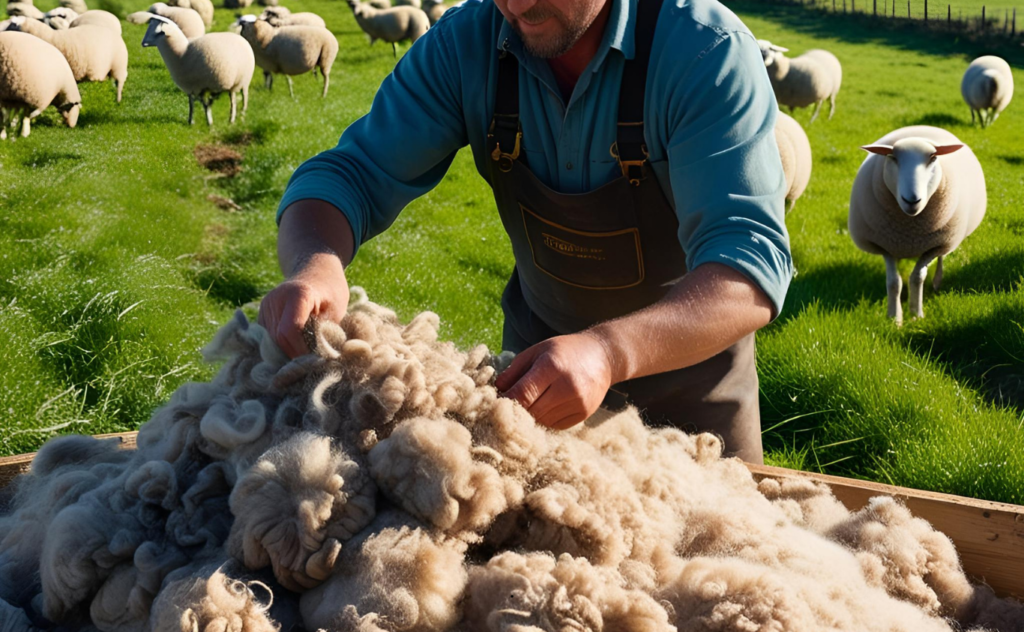
Local Economic Impact
Agriculture in Trompsburg not only benefited large landholders but also supported a broader agro-economy, including:
– Wool classers, shearers, and livestock transporters, many of whom resided in the town or nearby areas.
– Seasonal workers engaged in shearing season, often accommodated in rural camps.
– Cooperatives and regional agricultural unions that provided shared facilities and helped stabilize wool prices for small-scale farmers.
The agricultural shows and sheep auctions held in Trompsburg stimulated commerce and tourism, attracting buyers and breeders from the Free State and Northern Cape regions.
Legacy and Transition
By the late 20th century, mechanization and global market trends reshaped Trompsburg’s agricultural landscape. Larger, consolidated farms became more prevalent, and younger generations often migrated to urban areas, resulting in a population decline. Nevertheless, the legacy of Merino farming remains integral to Trompsburg’s identity, with wool remaining a key export.
Today, Trompsburg continues to celebrate this heritage through agricultural heritage events, farm-to-market initiatives, and local branding of wool products.
⚔️ Trompsburg and the Anglo-Boer War: A Strategic Crossroads in a Turbulent Time
🪖 Trompsburg During the Second Anglo-Boer War (1899–1902)
By the time of the Second Anglo-Boer War, Trompsburg had been laid out as a railway-linked settlement. Its strategic location made it a rest and supply point for British forces, as they moved through the Free State toward larger Boer strongholds like Bloemfontein and Johannesburg.
While no large-scale battle took place in Trompsburg, the area likely experienced:
British troop movements, encampments, and logistics support.
Burnings of Boer farms and livestock as part of Britain’s “scorched earth” policy.
The impact of nearby concentration camps in towns like Springfontein and Philippolis, where Boer women and children were forcibly held, often in dire conditions.
These realities affected Trompsburg’s residents and farms, disrupting agricultural production and leaving long-term scars on the rural economy and population.
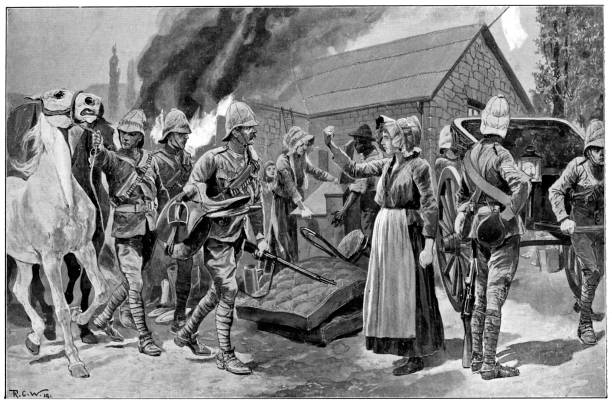
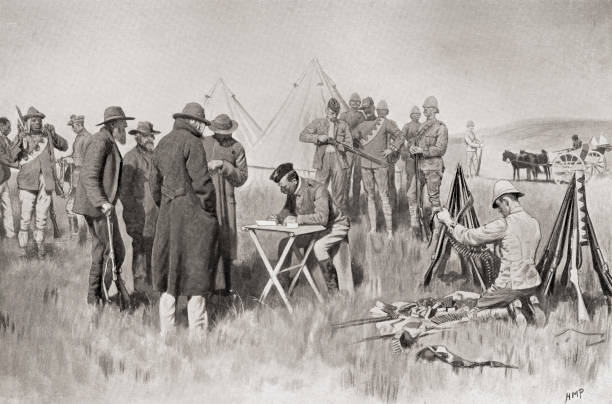
🕊️ Post-War Recovery and Legacy
After the war ended in 1902—the same year Trompsburg was officially declared a municipality—the region began to rebuild and recover, largely through renewed agricultural development, especially Merino sheep farming.
The memory of the Anglo-Boer War and the earlier Battle of Boomplaats still resonates in the land, cemeteries, and oral histories of the region. These events reflect Trompsburg’s role as a silent witness to the struggles for sovereignty, land, and identity in South Africa’s formative years.
The Nederduitse Gereformeerde Kerk (NG Kerk) in Trompsburg
The Nederduitse Gereformeerde Kerk (NG Kerk) in Trompsburg has been a cornerstone of the community since its establishment in the late 19th century, deeply influencing the town’s spiritual, educational, and social spheres.
Establishment and Early Development
The congregation was officially founded on 21 December 1898, making it the last new NG Kerk congregation established in the Orange Free State before the outbreak of the Second Anglo-Boer War. Due to the war, the appointment of the first minister, Ds. Carl G. Jooste, was delayed until 13 February 1904. At that time, the town had minimal infrastructure, with services held in a modest structure used occasionally by visiting ministers.
Construction of the Church Building
In 1911, the congregation expanded the original church building, with President M.T. Steyn laying the cornerstone. This expansion was a significant milestone, reflecting the growing community and its commitment to establishing a dedicated place of worship. The church building underwent further renovations in the 1960s or 1970s, during which the exterior was refaced with decorative bricks, preserving the original structure while enhancing its aesthetic appeal.
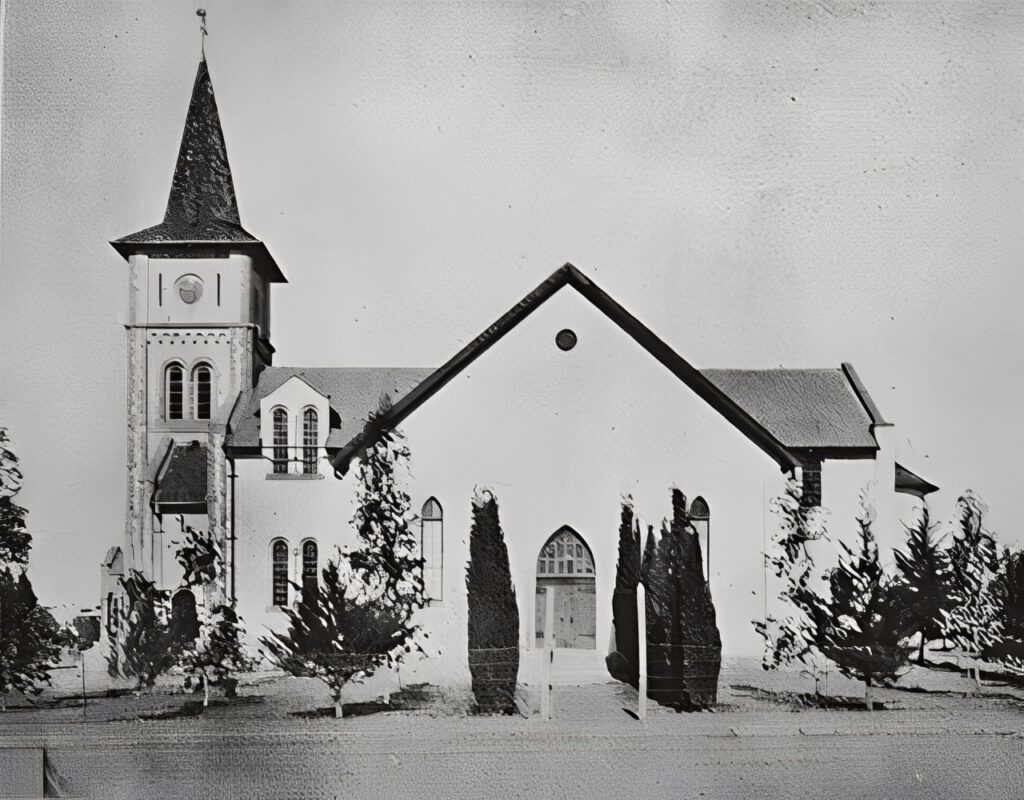
The church, originally constructed with its cornerstone laid in 1911, was later adorned with decorative bricks in the 1960s or 70s. Therefore, the current building remains the original structure.
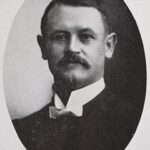
Ds. Carl G. Jooste, .
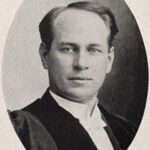
Ds. Jacob Rabie (1924–1930)
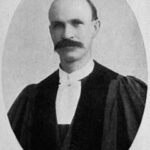
Ds. H.A. Hanekom (1930–1943)
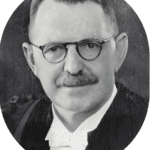
Dr. Hendrik Christoffel de Wet (1944–1951)
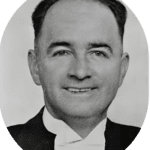
Ds. Gideon Nel (from 1952)
Pastoral Leadership and Community Engagement
Following Ds. Jooste’s tenure, the church was led by a succession of dedicated ministers:
Ds. Jacob Rabie (1924–1930): Focused on community development, including efforts toward establishing a school hostel.
Ds. H.A. Hanekom (1930–1943): Oversaw the restoration of the church building and the addition of new pews in 1937. He also contributed to the beautification of the church grounds, including the creation of a flower garden.
Dr. Hendrik Christoffel de Wet (1944–1951): During his tenure, the first white missionary was appointed for Trompsburg-Springfontein, and a mission parsonage was acquired. Wikipedia
Ds. Gideon Nel (from 1952): Continued to lead the congregation, maintaining its active role in the community.
Contributions to Education and Social Welfare
The NG Kerk Trompsburg has played a pivotal role in education and social welfare:
Early Education Initiatives: As early as 1893, a school was established with 50 students, serving as both an educational institution and a venue for church services and public gatherings. gemeentegeskiedenis.co.za
Women’s Missionary Association: One of the first in the Free State, this association undertook significant missionary work, including supporting a worker in Nyasaland (now Malawi). Wikipedia
Infrastructure Development: The congregation facilitated the construction of schools, care for the needy, and the establishment of various community organizations, reflecting its commitment to holistic community development.
Legacy and Ongoing Influence
Throughout its history, the NG Kerk Trompsburg has been characterized by unity and resilience, maintaining its equilibrium even during challenging times. The congregation’s dedication to faith, education, and community service has left an indelible mark on Trompsburg, embodying a legacy of compassion and commitment that continues to this day.
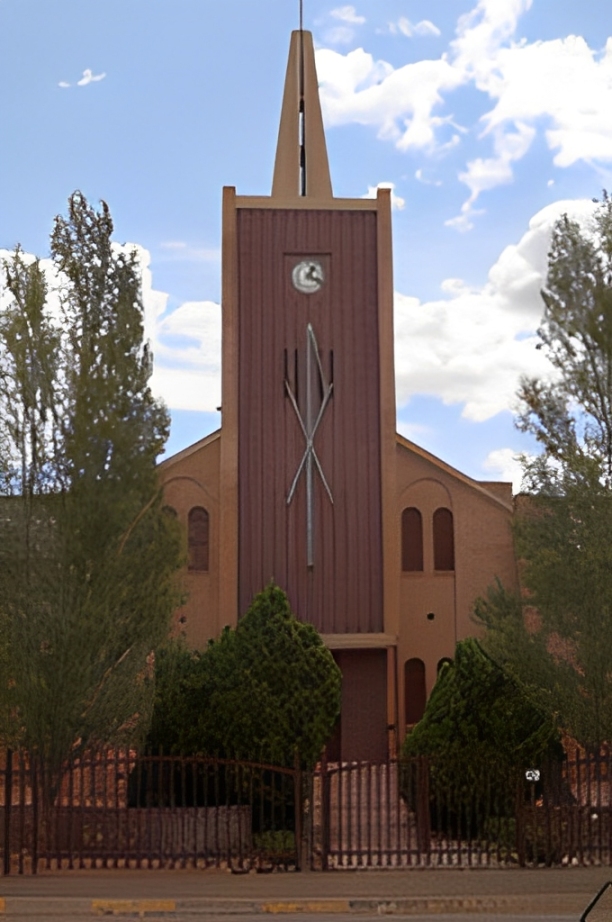
Conclusion
Trompsburg’s rich tapestry of history weaves together themes of exploration, conflict, faith, agriculture, and scientific inquiry. Each facet contributes to the town’s unique identity, reflecting a community shaped by diverse influences and resilient in the face of change.
